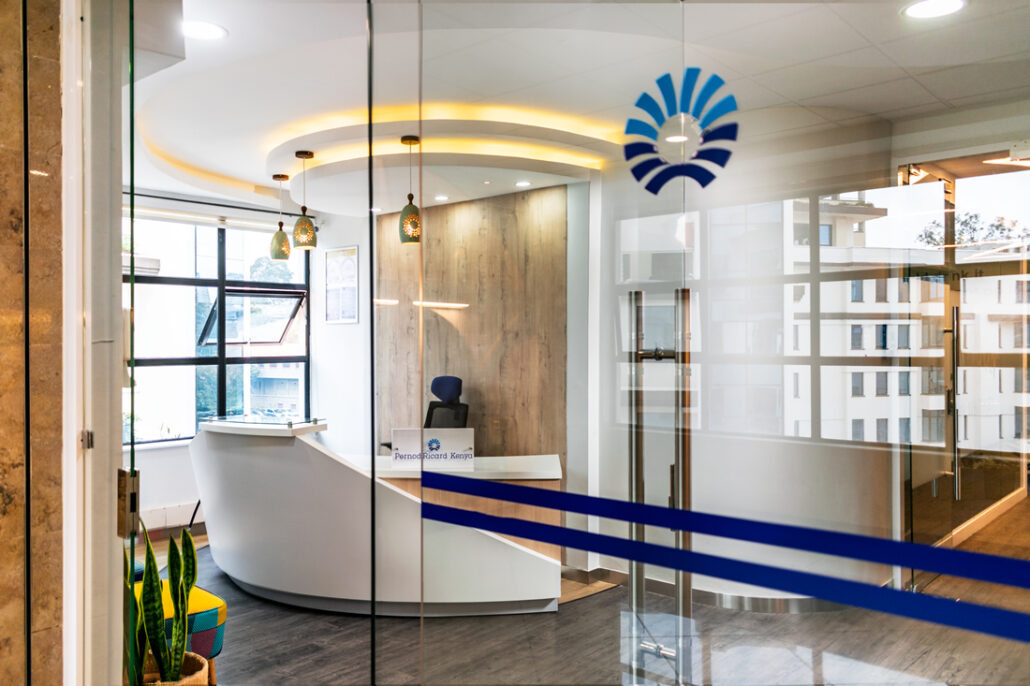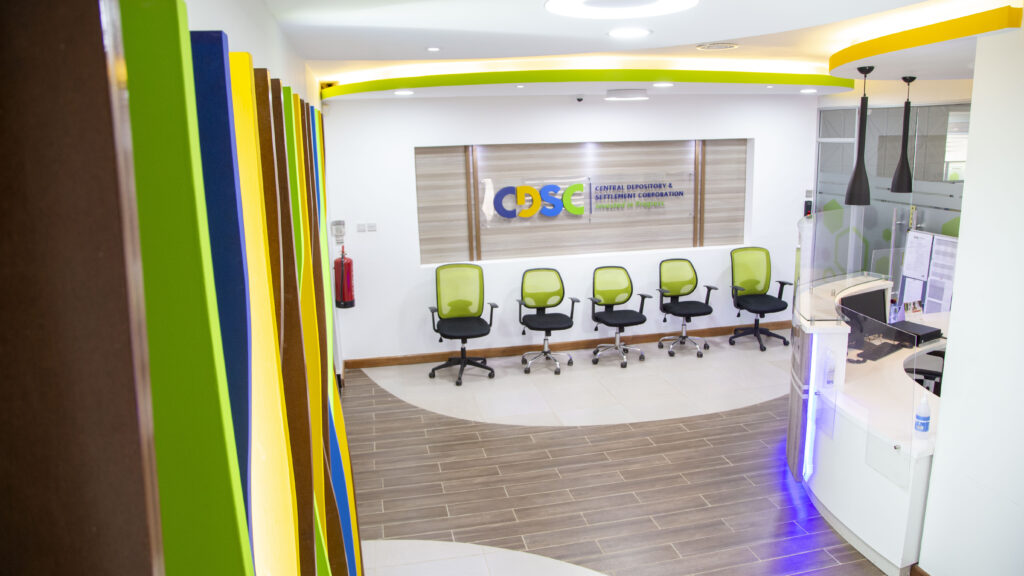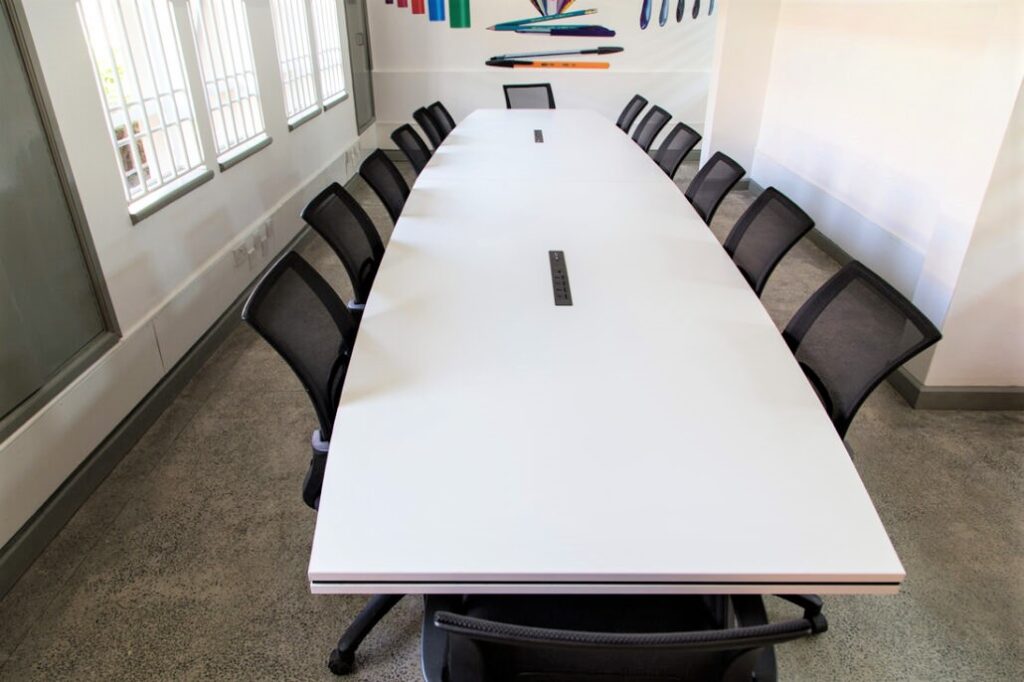How an Interior design firm works in tanzania

There is more to interior design than just creating beautiful spaces and decorating them. That is just the exciting part of it but there is so much more that goes on this field. There are several departments that make up the office.
There is more to interior design than just creating beautiful spaces and decorating them. That is just the exciting part of it but there is so much more that goes on this field. This article fully explains how an Interior design firm works in tanzania.
There are several departments that make up the office. Let’s discuss how each department plays a role in the office;
The Marketing Department
Just like any other office, this is the face of the company. Marketers are consulted by prospect clients, they are always in and out of the office, meeting with clients and they do their level best to get projects. It is also the marketers’ responsibility to build and maintain a good brand for the firm.
Manager
This is the person in charge of the firm. He goes over client briefs, delegates tasks to employees and ensures projects are running according to plan. He is the general overseer of the office and the final decision maker of all matters regarding the firm.
The Design Department
This team is made up of the interior design team and a graphic design team. They work on proposals, plans, renders, quotations and presentations. This happens over specified periods of time which range from weeks to months.
Projects Department
A Project Manager is responsible for planning, coordinating and implementing site projects from beginning to end. The casuals work under him and are responsible for the construction process. They give a face to the designs made by the interior and graphic designers by actualizing the concepts.
Administration Department
This department is the backbone of the organization. It controls the firm’s income and expenditure in addition to ensuring effective business running with minimum disruptions. They monitor employees’ performance and well-being.
Logistics Department
They are responsible for supporting the co-ordination, planning, and execution, and monitoring of supply chain operations in an organization.
Charwoman
She ensures the office is always clean and tidy. She also makes us scrumptious tea-break meals, which give us the energy to go through the day.
Occupational Health and Safety Policy


Since now you know the role of each department, it is important that I highlight how the whole team works together to complete a project:
The Company recognizes its responsibilities under the Occupational Health and Safety Act 2007 and other relevant safety legislation with regards to its employees and others who may be affected. The Company also recognizes that Health and Safety should be considered equally with quality and performance when work is being considered or undertaken. The Company will provide such information, training, supervision, plant and equipment as necessary, to identify, eliminate or control hazards and risks at the workplace. Adequate resources will be provided for this purpose. The overall objective is to achieve as far as reasonably possible a safe and healthy workplace for all. Any Company employee who supervises or manages the use of work equipment shall have received adequate training for the purposes of health and safety, including training in the methods that may be adopted when using the work equipment, any risks that such use may entail and precautions to be taken. All employees and sub-contractors are expected to co-operate with the Company in carrying out this Policy and must ensure that their own work, so far as is reasonably practicable, is carried out without risk to themselves or others. The management and staff of the company will monitor this Policy to encourage and strive for continual improvements in health and safety performance as an ongoing action. To assist in this respect, the Company will appoint Safety Advisers to give advice on the requirements of the relevant statutory provisions and safety matters and, on request, to visit sites and workplaces to ensure compliance. This Statement of Company Policy will be displayed prominently or made available at all sites and workplaces. The policy is usually reviewed on an annual basis to reflect any changes in legislation.
THE PROCESS
Marketers carry out market research, do an analysis and strategize on how to obtain clients. Thereafter, they look for clients, pitch to them and sell the firm’s brand to them. If the client is sold to the idea, they hand over the brief to the marketers who then bring it to the manager to go over it. He then calls a meeting with the designers, briefs them and the project is flagged off. The designers are given a specific deadline to come up with layouts, renders, plans, quotations and a final proposal. The whole process is done under the supervision of the manager through a series of presentations and meetings. Once approved, the final designs are handed to the marketing team to give to the clients in due time. The clients go over the proposal and if not satisfied, changes are made until they are satisfactory to the client. Once the final proposal is approved, the clients sign a contract, make a down payment and hand over the site to the design firm. The designers then come up with a material schedule, cutting list and a work schedule, all which are handed over to the logistics team who manage, inspect and organize the materials needed for the project. The administration department ensures finances and expenditures are running smoothly throughout the process. The project manager takes over at this point and ensures the site is being worked on at all times until the finished product is achieved.
There are a lot of factors that determine how the whole process will go:
The handover process
Once a site is completed, the project manager together with the client inspect the site. A list known as ‘a snag list’ is then compiled by the project manager at the inspection for practical completion of the project. Items which need attention, but which are not sufficiently significant to delay practical completion, are put on the snag list. Clients then complete payment and the site is handed over completely to them by the project manager in the presence of the marketers. They are given a warranty of between 3-12 months depending on the magnitude of the project.
The payment process
The terms of payment in the design firm are pretty simple.
- 40% down payment when the client signs the contract.
- 40% payment upon completion of 60% of works.
- 20% upon completion of work and handover.
Time Duration
If I said there was a specific time duration for each project, I would be lying. However, it is possible to estimate how long it will take to complete a project. The creative process to come up with a full design, is carried out by the design team takes about 2-4 weeks. All this is dependent on the client, while some might be easily impressed, it takes time for others to be fully satisfied with what is presented to them.
The building process also depends on the magnitude of the project. Redesigning or constructing one floor may take between 4-6 weeks. It really depends on the floor numbers and size and also the client’s expectation.
This brings it to a minimum of two months to complete any given project from scratch.
Quality of work
This is one of the main goals of design. It is important, both to the client and the design firm, that quality work is delivered. It is a win-win situation for both parties because the design firm gets more referrals when they deliver quality work and they also get to build a strong portfolio. On the other hand, the clients get a quality workspace that is appealing to all the stakeholders involved in the company. Quality is assured through Quality control, a process through which the firn seeks to ensure that product quality is maintained or improved. This is done by the manager. ·
Budget overruns
A budget overrun is an unexpected change in the project budget that ends up increasing the total project cost. It can happen due to three primary reasons:
- Economic factors that occur due to inaccuracies in project budget or scope.
- Technical reasons including erroneous estimates or incorrect data gathering.
- Psychological causes including the presence of scope creep or any decrease in project commitment levels.
In the case of a budget overrun, the manager consults the finance department who then go over the problem to find the solution. It is up to the company to find a way to cater for the extra expenses and not the clients’.
Dealing with unexpected events
Interior design and interior architecture is not a smooth process. Things often do not go as planned. There are so many unexpected events that could take place and we have come up with solutions to deal with these situations, for example;
- Delays in project schedule
It is possible that a project may end up not being completed in time due to different reasons like; pending permits, weather, pandemics, labour shortage, and budget overruns among others. The easiest way we deal with this is by planning for unexpected and unforeseeable events as we are preparing the schedule.
- Impractical expectations
Most are the times when clients or marketers set unrealistic expectations for the project. Like yes, we agreed this would be ready by a certain date but it was unfeasible to accomplish it in the first place. To avoid this, it is better to explain it in a friendly manner to the clients forehand that some things are not achievable instead of solely focusing on not losing contracts.
- Accidents and Injuries
Not to be morbid but life does not usually go as planned. Sometimes workers are heavily injured, some even pass on, either on site or just life complications. This causes labour shortage and delay in work completion. Since this is not something you can plan for in advance, we always deal with the situation as it comes. In the case of an accident or an injury, the manager calls an internal meeting where the schedule and plan is restructured then duly communicates these changes with the client.
- Design Fails
No human being is perfect and sometimes things may really fail and not come out as expected. If you are a creative, you must relate. The hardest about it is explaining this to a client. Well, if it is not that big of a deal in that, it can cause delay to the whole project or if it is just pure negligence, the company redoes the design and covers for the extra costs. In some cases, it’s not the constructor’s fault, it is simply an unforeseeable fault in the structure that has been identified. In this case, we have no choice but to communicate this issue with the client and discuss the way forward.
- Miscommunication
The project manager could just be going about with the day then they get informed that a client is visiting the site to check the progress, or a plumber is coming to fix a mistake in the building or a new intern is being sent over to examine and judge how things are being handled at the site or by the time information is passed from the superiors to the subordinates, it is somehow altered. This can all come unexpectedly to the project manager. To deal with poor communication, regular meetings are ran to go over progress and changes which helps improve productivity and ensure smooth workflow.
You are probably thinking, “How do I get services from this firm?” Just call us and let’s connect!